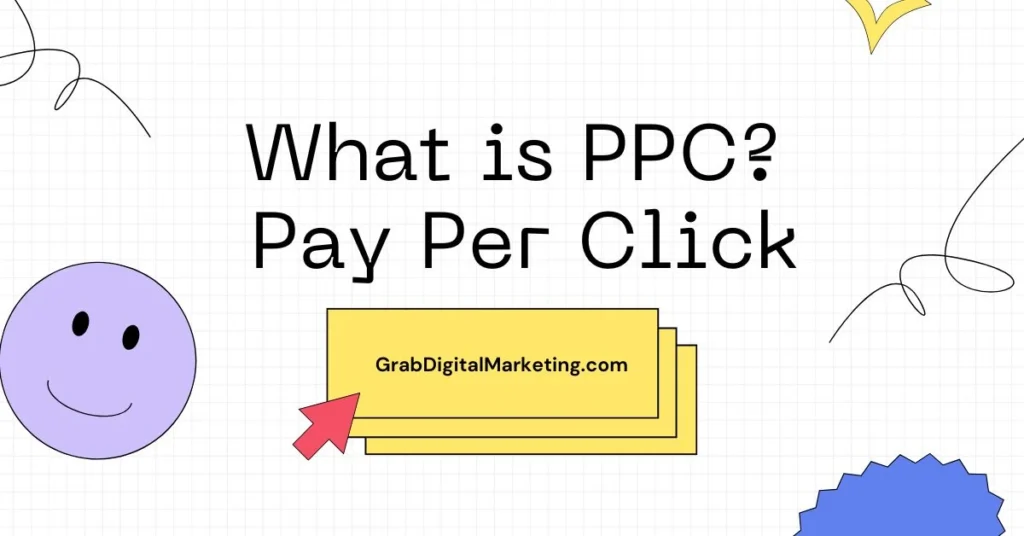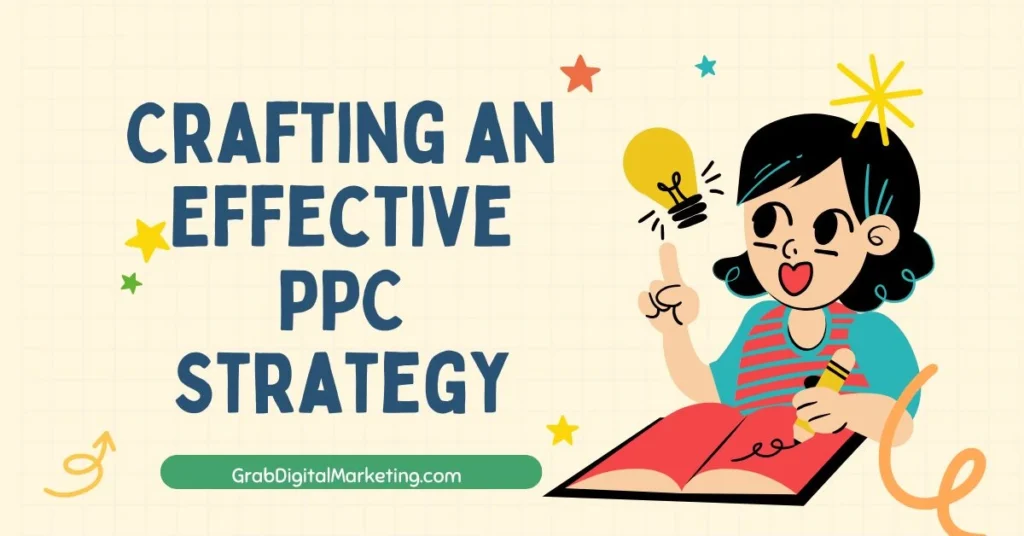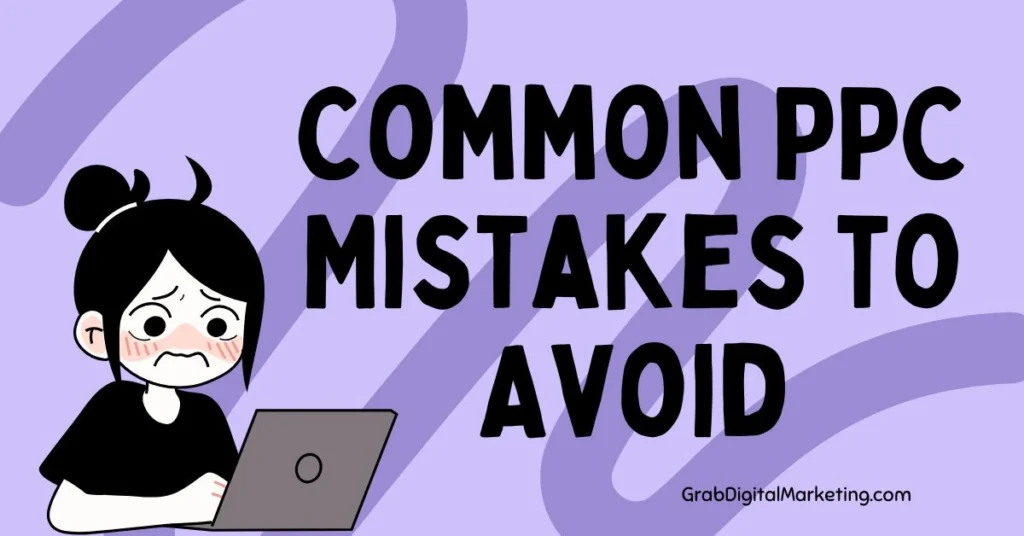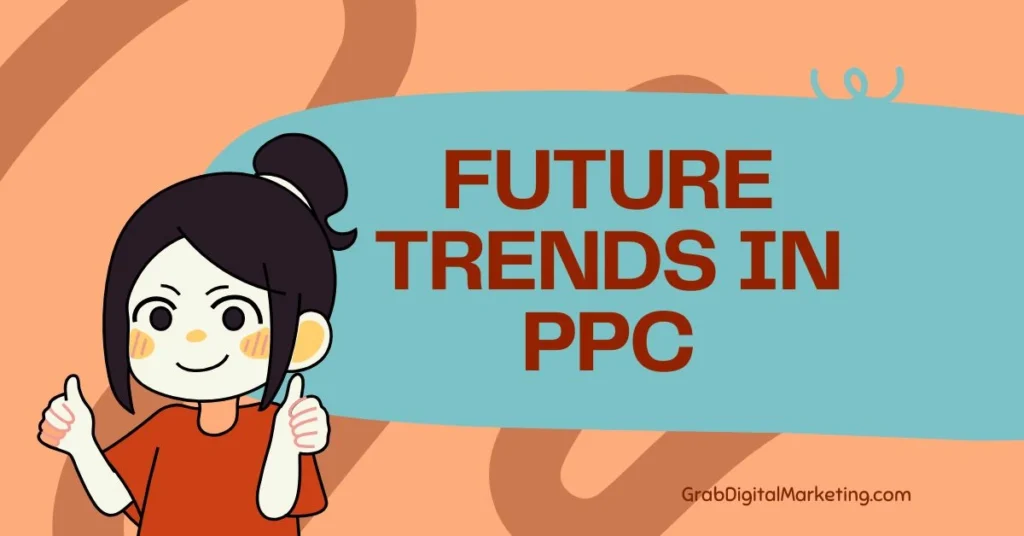What is Pay Per Click (PPC)?
Pay-Per-Click (PPC) charges advertise only when someone clicks on their ad; it’s an online advertising method. Instead of waiting for visitors to find your website through unpaid search results, you can use PPC to attract targeted traffic quickly. This approach is common on platforms like search engines, social media sites, and display networks. PPC makes it easy to track your results, reach specific audiences, and get your website noticed much faster than relying solely on organic SEO.
Table of Contents
Introduction to Pay Per Click (PPC) What is PPC?

- Pay Per Click (PPC) is an internet advertising model where advertisers pay a fee each time one of their ads is clicked, essentially buying visits to their websites instead of earning them organically. PPC is widely used by search engines like Google through platforms such as Google Ads, as well as social media channels like Facebook and Instagram. The core concept is that advertisers bid on specific keywords relevant to their products or services. When users search for those keywords, the highest-ranking ads appear in prime positions on the search results page, and advertisers pay only when someone clicks on their ad. This model offers highly targeted and measurable advertising, making it popular among businesses aiming to attract a specific audience quickly and efficiently.
- Advertisers create campaigns by selecting keywords, writing compelling ad copy, and defining parameters such as location, device, and audience demographics to maximize relevance. Google’s Ad Auction system then ranks ads based on bid amounts, ad quality, and expected click-through rates, ensuring that users see the most relevant and engaging advertisements. PPC is an effective tool for immediate visibility since ads can rank above organic search results and provide precise control over budget and performance metrics. For Google AdSense publishers, understanding PPC is essential as it complements organic SEO efforts; increased paid traffic can also contribute to site engagement and provide insights into valuable keywords and user behavior.
How Does PPC Work?

- Pay Per Click (PPC) works through an auction-based advertising system where advertisers bid on specific keywords or audience targeting criteria to have their ads displayed in premium positions on search engine results pages (SERPs) or other digital platforms. When a user enters a search query or visits a website, an automated real-time auction is triggered to determine which ads are eligible to show, their ranking, and how much each advertiser will pay for a click. Advertisers set a maximum bid, known as Max CPC (cost per click), which represents the highest amount they are willing to pay when users click on their ads. However, the amount actually paid is often less and depends on the bids and quality of competing ads.
- The auction takes into account several factors beyond just the bid amount. Google calculates an Ad Rank for each ad, combining the maximum bid with the ad’s Quality Score, which measures relevance, expected click-through rate, and landing page experience. Ads with the highest Ad Rank secure top placements, ensuring that users see the most relevant and useful advertisements. This system rewards advertisers who create compelling, targeted ads and optimize their campaigns to provide excellent user experiences, enabling them to rank higher even if their bids are lower than competitors.
- PPC campaigns start with keyword research to identify terms that potential customers are most likely to use. Advertisers then create targeted ads and define bids for each keyword or keyword group. They can choose between manual bidding, where they set exact bid amounts, or automated smart bidding strategies powered by machine learning, which optimize bids for specific goals such as maximizing conversions or achieving a target return on ad spend (ROAS). These strategies make PPC highly flexible and scalable, allowing advertisers to control budgets, set geographic or demographic targets, and refine performance based on real-time analytics.
Types of PPC Ads

There are various types of PPC (Pay Per Click) ads that advertisers can use to achieve specific marketing goals, and understanding these is valuable for Google AdSense publishers to diversify their monetization strategies. First, search ads are text-based ads that appear on search engine results pages (SERPs) when users type relevant keywords. These ads are highly targeted and are shown at the top or bottom of search results, helping advertisers reach customers actively looking for products or services. Display ads use images, graphics, or animations and appear on websites within the Google Display Network, providing broad visibility and brand awareness. Responsive display ads automatically adjust their size, appearance, and format to fit available ad spaces and device types, improving ad performance and reach. Shopping ads showcase products with images, prices, and merchant details and appear in search results or dedicated shopping tabs, making them ideal for e-commerce businesses seeking direct sales. Video ads, prevalent on platforms like YouTube, include skippable and non-skippable in-stream ads, bumper ads (short, non-skippable videos), and outstream ads that appear on partner sites outside YouTube. These ads capitalize on engaging video content to communicate brand stories or product highlights effectively.
Crafting an Effective PPC Strategy

Crafting an effective Pay Per Click (PPC) strategy is essential for maximizing returns on investment, especially for Google AdSense publishers who want to drive targeted traffic and increase monetization. The first crucial step is defining clear, measurable goals aligned with business objectives, such as increasing website traffic, generating leads, boosting sales, or launching remarketing campaigns. Setting specific targets allows advertisers to tailor campaigns, choose appropriate ad formats, and allocate budgets to maximize efficiency. An adequate budget is necessary to acquire sufficient clicks and conversion data to learn and optimize campaign performance. Next, understanding and defining the target audience is vital. Narrowing the audience by location, language, demographics, and interests helps ensure that ads reach the most relevant users, improving click-through rate (CTR) and conversion potential. Comprehensive keyword research using tools like Google’s Keyword Planner identifies high-performing keywords and negative keywords to exclude irrelevant traffic, driving quality clicks aligned with campaign goals. Advertisers should create well-crafted ad copy with compelling headlines, clear unique selling propositions (USPs), and calls to action (CTAs) that resonate with the target audience and encourage engagement.
Common PPC Mistakes to Avoid

Common PPC mistakes can significantly affect the success of advertising campaigns and Google AdSense monetization, making it essential for publishers and advertisers to avoid these pitfalls. One of the most frequent errors is poor keyword selection, where advertisers choose broad or irrelevant keywords that drive traffic but fail to convert, wasting ad spend on clicks that do not result in meaningful engagement or sales. Neglecting to use negative keywords exacerbates this problem, as ads are shown on unrelated searches, further draining budgets without generating returns. Thorough keyword research and ongoing adjustments are crucial to targeting a qualified audience effectively. Another common mistake is ignoring the quality of ad copy. Ads that lack clear, compelling messages or strong calls to action (CTAs) often have low click-through rates (CTR) and poor conversion results. Crafting well-structured, engaging ads that resonate with the target audience is key to maximizing click value and reducing wasted spend. Along with this, many advertisers fail to conduct proper A/B testing of their ads and landing pages, missing opportunities to refine performance by understanding what works best for their audience.
Future Trends in PPC

Future trends in PPC (Pay Per Click) advertising are shaping the way marketers, including Google AdSense publishers, approach paid campaigns to maximize effectiveness and revenue. One of the most significant trends in 2025 is the further integration of artificial intelligence (AI) and automation in campaign management. AI-powered tools now automate bidding, audience targeting, ad creation, and optimization, allowing advertisers to leverage vast datasets and real-time insights to improve ad performance while reducing manual workload. However, human oversight remains crucial to ensure strategies align with business goals and avoid costly errors. Privacy and data regulations are driving a shift toward consent-based and privacy-first marketing approaches. As third-party cookies phase out, PPC strategies rely more on first-party data and contextual targeting, emphasizing the importance of building direct relationships with audiences and respecting privacy standards. Marketers must adopt transparent data practices and invest in collecting high-quality first-party data to maintain campaign accuracy and effectiveness.
Follow Us on:
Conclusion
- Recap of Key Points PPC advertising is a powerful tool for reaching your target audience and driving traffic to your website. By understanding the basics, crafting an effective strategy, and avoiding common mistakes, you can achieve great results with PPC.
- Final Thoughts As digital marketing continues to evolve, staying up-to-date with the latest trends and best practices is essential. Keep experimenting, analyzing, and optimizing your PPC campaigns to stay ahead of the competition.
- Call to Action If you’re ready to take your PPC advertising to the next level, start implementing these strategies today. Need help? Contact a PPC expert or agency to get personalized advice and support.
I hope this blog post gives you a comprehensive understanding of pay-per-click advertising.

